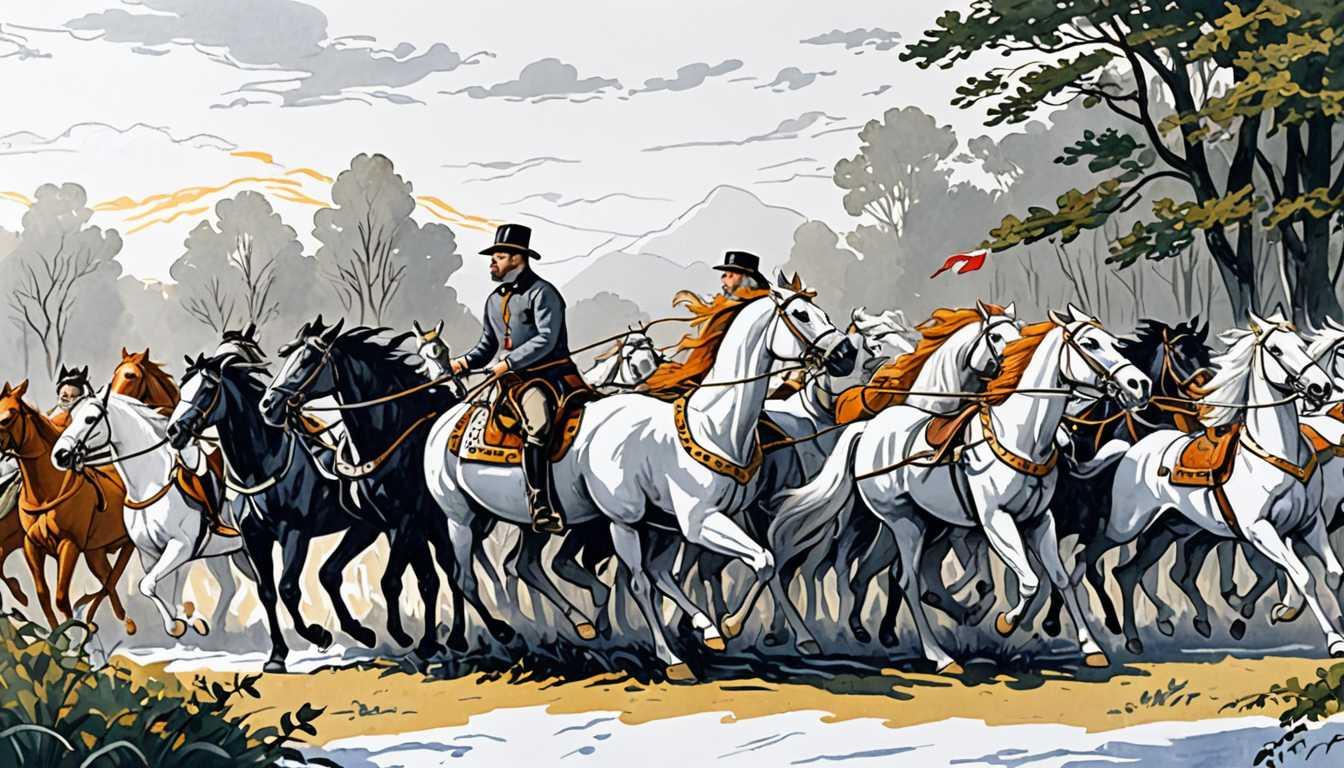Rewriting History: America's Ancient Dogs
December 2021
Smithsonian Magazine
Introduction
Dive into the dark, damp caves of Haida Gwaii with Quentin Mackie and his team as they unearth the oldest domesticated dog remains in the Americas, challenging what we know about early human life. Smithsonian Magazine takes us on an archaeological adventure, revealing not just ancient tools and bear dens but a groundbreaking discovery that pushes back the timeline of human companionship with dogs by 2,000 years. It's not every day you find a 13,100-year-old dog tooth that rewrites history!
READ FULL ARTICLEWhy It Matters
Discover how this topic shapes your world and future
Unearthing Connections
Imagine stepping into a dark, mysterious cave, where every turn holds the secrets of ancient lives. This isn't just an adventure story; it's what archaeologists experience as they uncover the tales of our past. The discovery of the oldest domesticated dog remains in the Americas is a gateway into understanding the deep connection between humans and animals, and how this relationship has shaped our history. It reveals the importance of dogs not only as companions but as vital parts of human societies, helping us hunt, protect, and survive. This discovery on Haida Gwaii, an island with a rich history and vibrant Indigenous culture, also highlights the significance of integrating oral histories with archaeological findings, bridging the gap between traditional knowledge and scientific research. For you, this might spark curiosity about the world beneath your feet, the stories of your ancestors, or even the bond you share with your own pets. It's a reminder that history is not just about dates and artifacts; it's about the connections that have allowed humanity to thrive.
Speak like a Scholar
Archaeology
The study of human history and prehistory through the excavation of sites and the analysis of artifacts and other physical remains.
Radiocarbon dating
A method used by scientists to determine the age of an object containing organic material by using the properties of radiocarbon, a radioactive isotope of carbon.
Karst caves
A type of landscape formed from the dissolution of soluble rocks such as limestone, characterized by underground drainage systems with sinkholes and caves.
Paleontology
The branch of science concerned with fossil animals and plants.
Artifact
An object made by a human being, typically an item of cultural or historical interest.
Indigenous oral histories
The spoken record of past events, knowledge, law, and culture passed down through generations by Indigenous peoples.
Independent Research Ideas
The role of dogs in ancient societies
Investigate how dogs were domesticated and their roles in different ancient cultures around the world. This could involve studying burial sites where dogs were found alongside humans, to understand the emotional and societal bonds between them.
Conservation archaeology
Explore how modern conservation efforts can protect archaeological sites while respecting Indigenous cultures and traditions. This could include studying the balance between excavation and preservation in sensitive areas like Haida Gwaii.
Karst landscapes and human history
Examine how the unique features of karst landscapes, such as caves and sinkholes, have influenced human settlement, survival, and culture in various parts of the world.
Integrating Indigenous knowledge with archaeological practices
Research how archaeological practices can incorporate Indigenous oral histories and knowledge to provide a more comprehensive understanding of history. This could involve case studies of successful collaborations between archaeologists and Indigenous communities.
The impact of climate change on archaeological sites
Investigate how changing climates, rising sea levels, and other environmental factors threaten archaeological sites, and what strategies can be implemented to protect these invaluable windows into our past.
Related Articles

The Fiery Origins of the Welsh Dragon
May 2024
University of Bristol

Giant Kangaroo: The Quadrupedal Mystery
July 2024
University of Bristol

Horses: Unraveling the Domestication Mystery
May 2022
Smithsonian Magazine

Gobble Up Turkey’s Surprising History!
December 2024
JSTOR Daily

Buzzing Through Time: Mummified Bees
August 2023
Smithsonian Magazine